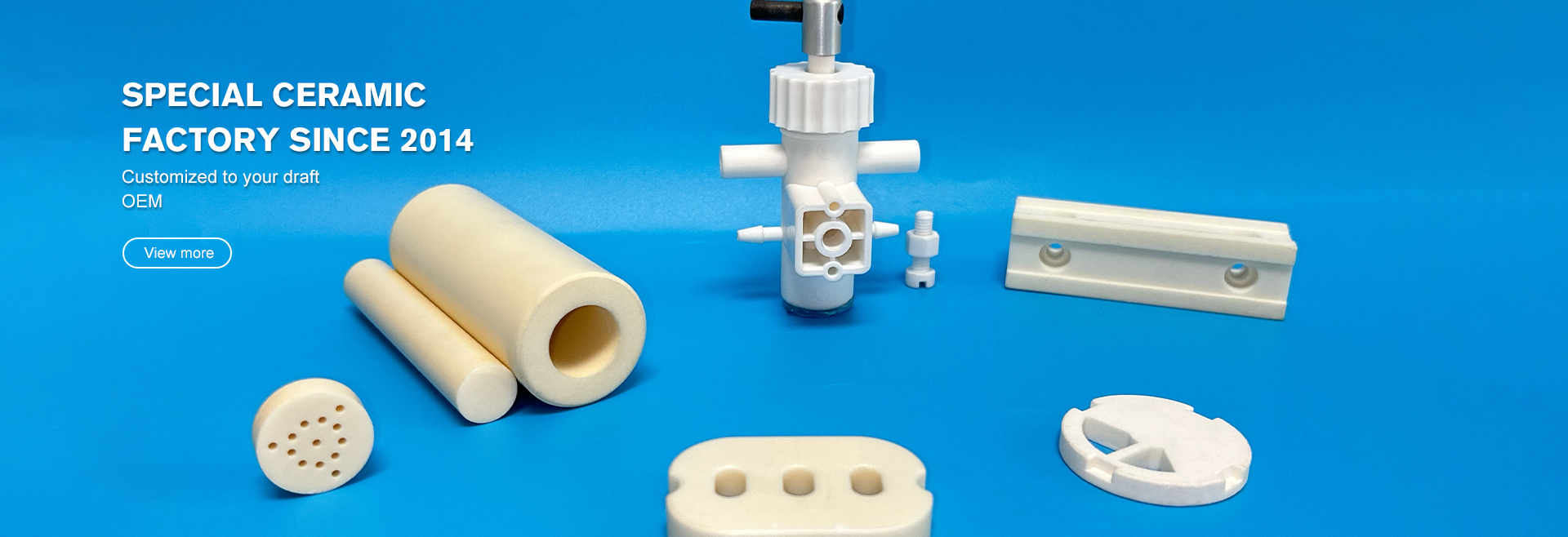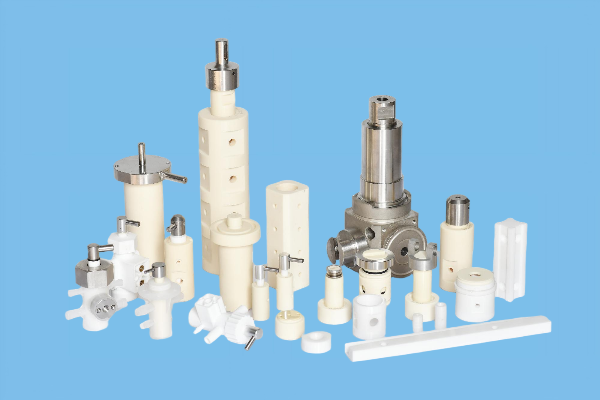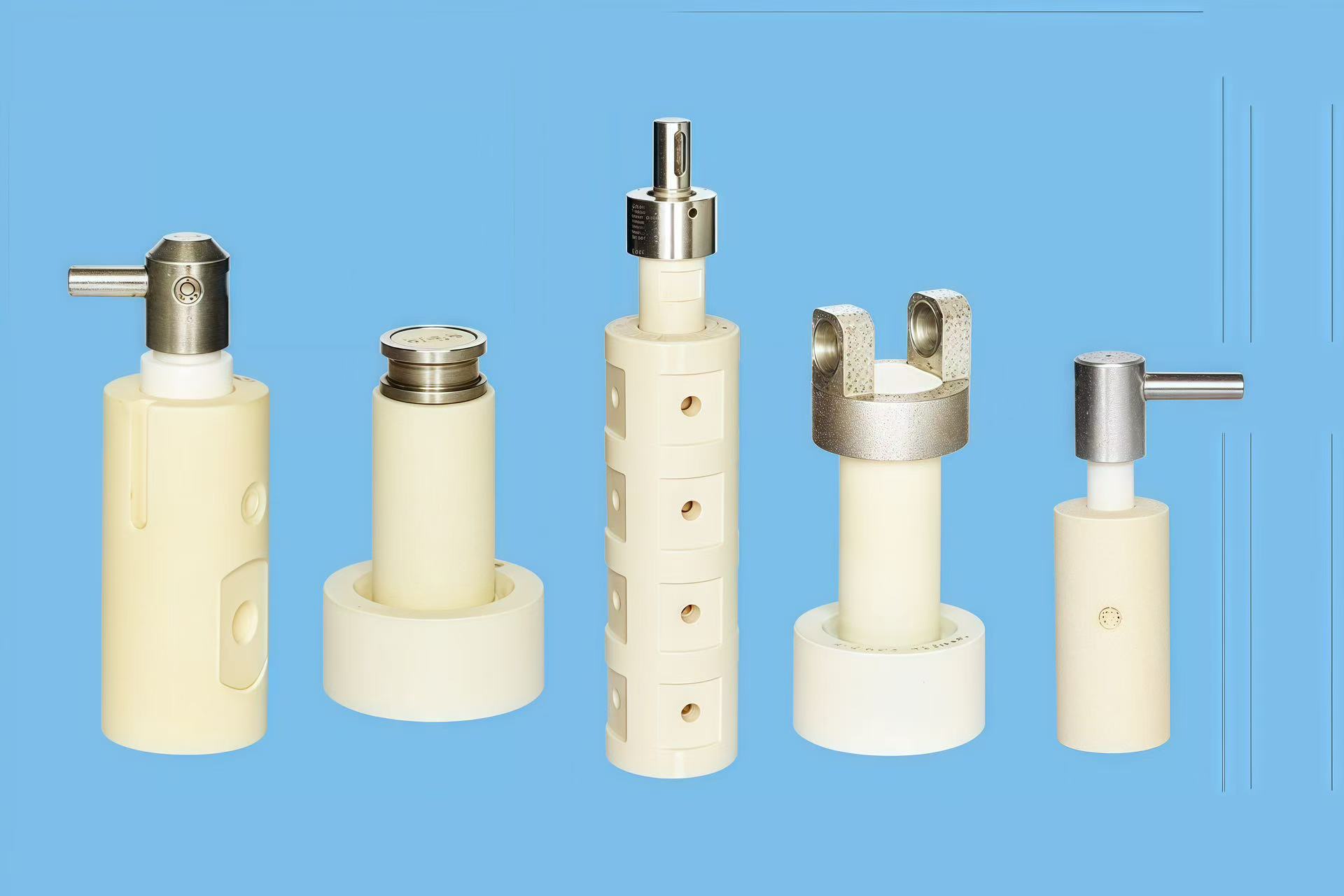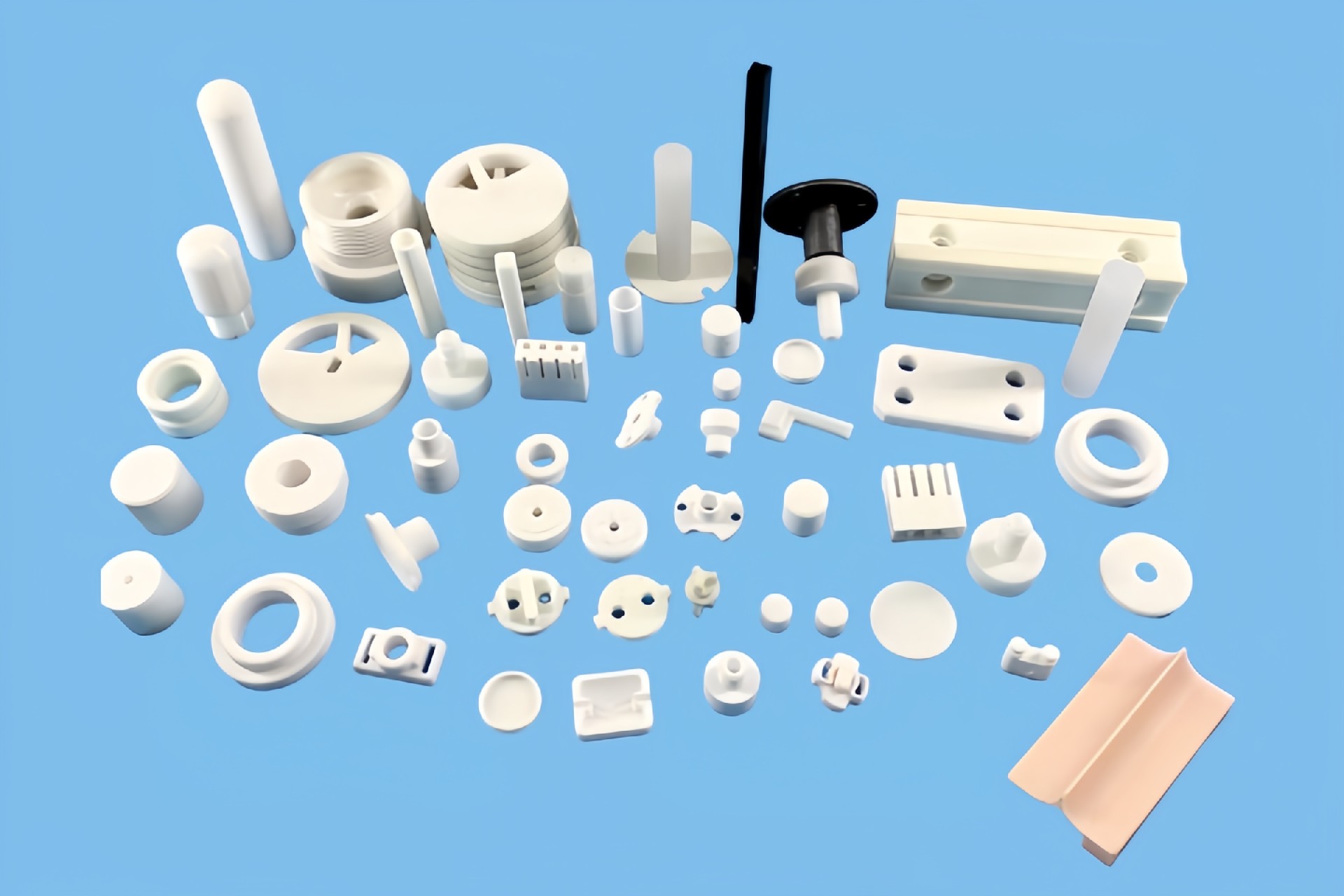News
LATEST NEWS
- 01The structure and principle of ceramic pumps
- 02The application fields of ceramic pipes
- 03Alumina ceramic properties
- 04The treatment method of valve corrosion and anti-corrosion measures
- 05Valve selection - flow characteristics and connection forms
- 06Medicine filling pump application
- 07What is a ceramic dispensing pump used for

Address:1st Floor, Zixiang Road, Pingshan District, Shenzhen, Guangdong Province
Zip Code: 518100
Phone: +86 13410681808
E-mail:glzmdy@163.com
Industry News
HOMEIndustry News
Valve selection - flow characteristics and connection forms
2025-10-29 14:43:07 View:175Valve Selection - Flow Characteristics and Connection Form
When selecting valves, it is essential to first understand the properties of medium, flow characteristics, and other performance parameters such as temperature, pressure, flow rate, and flow volume. Then, based on factors such as process, operation, and safety, valves of corresponding types, structural forms, and model specifications.
1. Valve Selection Based on Flow Characteristics
The shape of the valve's closure member and the valve' flow passage give the valve certain flow characteristics. This must be considered when choosing a valve.
(1) Valves for Cutting and Connecting Media
Usually, valves low flow resistance and a straight flow passage are selected. These valves include gate valves, plug valves, and piston valves. Shut-off valves with downward closing, due to tortuous flow passages, have higher flow resistance than other valves, so they are less frequently used. However, in cases where higher flow resistance is allowed, shut-off valves can be selected.
(2) Valves for Controlling Flow Rate
Valves that are easy to adjust the flow rate are usually selected. For example, control valves, throttle, and piston valves, because their valve seat size is directly proportional to the stroke of the closure member. Rotary-type valves (such as plug valves, ball valves, butterfly valves) and flexible-type valves (such as pinch valves and diaphragm valves) can also be used for flow rate control, but they are generally only applicable within limited range of valve port diameters. In most cases, people usually use a modified plug valve for throttling. It should be noted that it is extremely unreasonable to use the modified height of a gate valve or plug valve to achieve the throttling effect. Because, in the throttling state of the medium in the pipeline, the flow rate is very high, the sealing surface is prone to scouring and wear, losing the cutting and sealing effect. Similarly, it is also unreasonable to use a throttle valve as a cutting device.
() Valves for Diverting and Branching
Depending on the need for diversion and branching, this type of valve can have two or more channels and is suitable for valves and ball valves. Most of the valves used for diversion and branching are of this type. In some cases, other types of valves, properly interconnected with two or more valves can also be used for the diversion and branching of the medium.
(4) Valves for Media with Suspended Particles
If the medium contains suspended particles, is most appropriate to use valves with sliding closure members along the sealing surface with wiping effect, such as the flat gate valve





